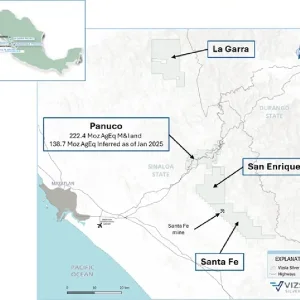In addition, the tunable XFP transceiver will be the pluggable solution that service providers can deploy without fully populating line cards, so that technicians can easily provision more transceivers to the line card in the field as needed in a “pay-as-you-grow” fashion, without affecting network performance.
The dramatically smaller size of the tunable XFP transceiver will also reduce power dissipation by 60%, greatly reducing electrical and cooling costs within network central offices.
JDSU began sampling the tunable XFP transceiver with customers in 2008 and expects to ship the product in volume by summer of 2009.
As increased consumer use of online video, voice and data applications continues to put demands on network capacity, NEMs and service providers are under pressure to add optical solutions that can manage increased bandwidth flexibly and cost effectively. Optical transceivers, such as the tunable XFP transceiver, act as a key interface that convert optical signals into electrical data as they exit dense wavelength division multiplexer (DWDM) networks.
“It is quite an accomplishment that JDSU was able to create a tunable solution and get all of the functionality into an XFP form factor,” said Daryl Inniss, vice president and practice leader of Communications Components at Ovum RHK. “The new JDSU tunable XFP transceiver could help system vendors realize a wide range of benefits including increased density, lower costs, and more flexible deployment options.”
“The tunable transceiver market had not yet transitioned to pluggable solutions because the technology breakthroughs hadn’t happened—until now,” said Alan Lowe, president of the Communications and Commercial Optical Products business segment at JDSU. “We are engaged in twelve designs with nine customers and have received very positive feedback. Many of our top customers are already designing the JDSU tunable XFP transceiver into their next generation systems.”
Technology Highlights
JDSU achieved the dramatically smaller size of the new tunable XFP by leveraging its functional integration product approach at the chip and module level, meaning that size, cost, power efficiency and performance were all factored into its creation. It contains technology, including:
JDSU photonic integrated circuit (PIC) technology: This technology was used to develop the Integrated Laser mach-Zehnder (ILMZ) tunable transmitter, the engine of the tunable XFP, which monolithically integrates a tunable laser, amplifier, and optical modulator on a single chip small enough to fit on a tip of a finger. JDSU announced this technology in 2007.
JDSU TOSA: The ILMZ was then housed in the world’s smallest tunable transmitter optical subassembly (TOSA) package that JDSU announced in 2008. JDSU plans to make the tunable TOSA available to the open market.
Customer Benefits
Pluggability: Allows service providers the flexibility to provision more transceivers only as network bandwidth demands increase.
Lower power dissipation: The 60% less power dissipation translates into lower electrical and cooling costs for service providers.
Tunability: Transceiver can be tuned as needed to support any wavelength in optical networks, compared to fixed products that required NEMs and service providers to predict demand by wavelength and hold expensive wavelength specific inventory.
Remote reconfigurability: Reduces the need for truck rolls to reconfigure or upgrade optical networks.
Tunable XFP Transceiver at OFC/NFOEC 2009
The JDSU tunable XFP transceiver will be demonstrated at JDSU Booth #2015 during the Optical Fiber Communication Conference and Exposition (OFC) and the National Fiber Optic Engineers Conference (NFOEC) in San Diego, California from March 24 to 26, 2009.
JDSU is a US-based provider of communications test and measurement solutions and optical products for telecommunications service providers, cable operators, and network equipment manufacturers.






